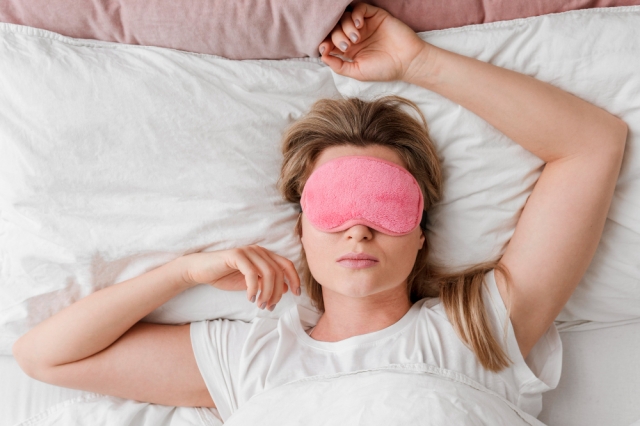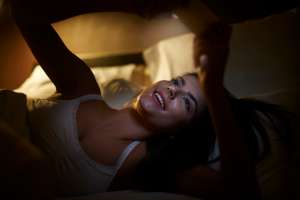Sleep is a complex biological process governed by neurological signals, hormonal rhythms, and environmental conditions. Small external factors can alter how the brain cycles through its most restorative phases, particularly REM sleep. Research shows that controlling light exposure plays a key role in ensuring these cycles run smoothly. Exploring the science behind this connection reveals how simple interventions can encourage deeper rest and enhance overall sleep architecture.
The Science of Sleep Signal Control
Using an eye mask targets a key factor in sleep regulation: light perception. Darkness signals the brain's circadian clock, helping align the body's rhythm. Blocking ambient light strengthens cues for rest and supports easier sleep onset.
Retinal Sensitivity to Darkness
The retina contains specialised photoreceptor cells that respond to light levels. In darkness, these cells reduce stimulation, allowing the brain to interpret the environment as nighttime. The mask replicates darkness, essential for light sleepers or individuals exposed to irregular nighttime illumination.
Neural Pathways Linking Light and Sleep
Signals travel from the retina through neural pathways that influence melatonin secretion. A mask strengthens this chain reaction by amplifying the perception of darkness. This effect encourages quicker sleep onset for both back sleepers and those who frequently change positions during the night.
REM Sleep Cycles and Sensory Reduction
During rapid eye movement sleep, the brain consolidates learning and processes emotions. Light or small disturbances can disrupt this stage, but covering the eyes reduces sensory input, preserving REM rhythms that aid memory, emotional balance, and immune health.
Brain Activity in REM Phases
During REM, brain waves resemble waking states, yet the body remains paralysed to prevent movement. Disturbances like light seepage or shifting shadows can break this balance. A mask shields the brain from interruptions, essential for light sleepers who wake frequently at night.
Mask Use and Reduced Sensory Disruption
Research shows that reducing sensory triggers keeps the brain engaged in REM stages for longer periods. This is crucial for travellers, shift workers, or anyone seeking to stabilise fragmented sleep patterns.
Melatonin Release and Darkness Hormonal Control
Melatonin, the hormone responsible for sleep timing, peaks when light exposure is absent. Even faint illumination can delay or blunt its release. Masks serve as an external barrier, ensuring uninterrupted melatonin cycles. Side sleepers especially benefit when sensitive to flashes of passing headlights or early sunrise light. Stable melatonin rhythms also influence metabolism and cardiovascular health, suggesting the benefits of darkness extend well beyond sleep itself.
Neuroscience Findings on REM Sleep Stability
Laboratory studies using polysomnography demonstrate increased REM duration in participants wearing masks. The consistency of dark exposure deepens each REM cycle, supporting memory retention and mood regulation. For restless sleepers, these physiological shifts can determine whether the night feels restorative or fragmented. Findings across multiple studies reinforce that the smallest external changes, such as blocking stray light, can create measurable neurological improvements.
Scientific Insights on Oxygen Flow and Design
Early concerns suggested masks might restrict breathing, but modern designs often prioritise airflow. Materials such as contoured foam or silk provide darkness without pressure on the eyelids. For stomach sleepers or those prone to tossing, breathable fabrics prevent overheating and discomfort, making sustained use feasible. Attention to mask ergonomics ensures that scientific principles meet practical comfort, bridging laboratory findings with everyday application.
Eye mask selection depends on individual preferences and sleeping styles. Light sleepers may prefer contoured designs that block side illumination, while back sleepers often find padded versions more effective. Side sleepers can choose flexible fabrics to reduce facial pressure, while frequent travellers may benefit from compact foldable types. The right choice transforms scientific insights into nightly practice, allowing every sleeper to balance comfort with biology.






